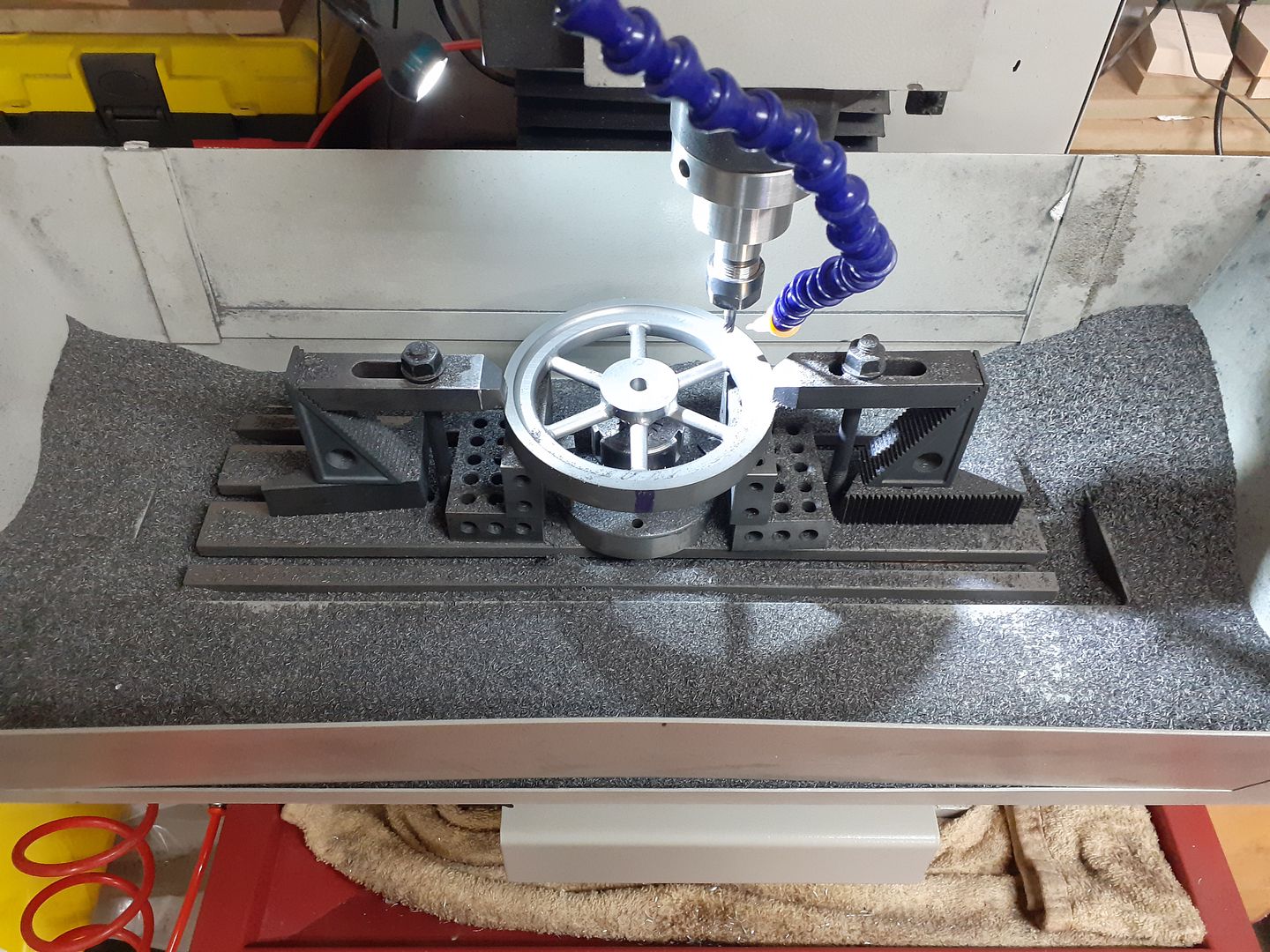Guys
I have just generated G-Code using CAMBAM and there are 75,000 lines. Is this a record? I have to say I was shocked. I am now sitting down with a glass of wine deciding the best way to modify the tool path. The main issue is the 0.3mm cutter and area clearance. I have to stay with the 0.3 cutter but introducing say a 6mm to remove the bulk of the Al would seem to be the way forward.
Maybe a second glass!
Mike
I have just generated G-Code using CAMBAM and there are 75,000 lines. Is this a record? I have to say I was shocked. I am now sitting down with a glass of wine deciding the best way to modify the tool path. The main issue is the 0.3mm cutter and area clearance. I have to stay with the 0.3 cutter but introducing say a 6mm to remove the bulk of the Al would seem to be the way forward.
Maybe a second glass!
Mike










































![MeshMagic 3D Free 3D Modeling Software [Download]](https://m.media-amazon.com/images/I/B1U+p8ewjGS._SL500_.png)




![DreamPlan Home Design and Landscaping Software Free for Windows [PC Download]](https://m.media-amazon.com/images/I/51kvZH2dVLL._SL500_.jpg)























